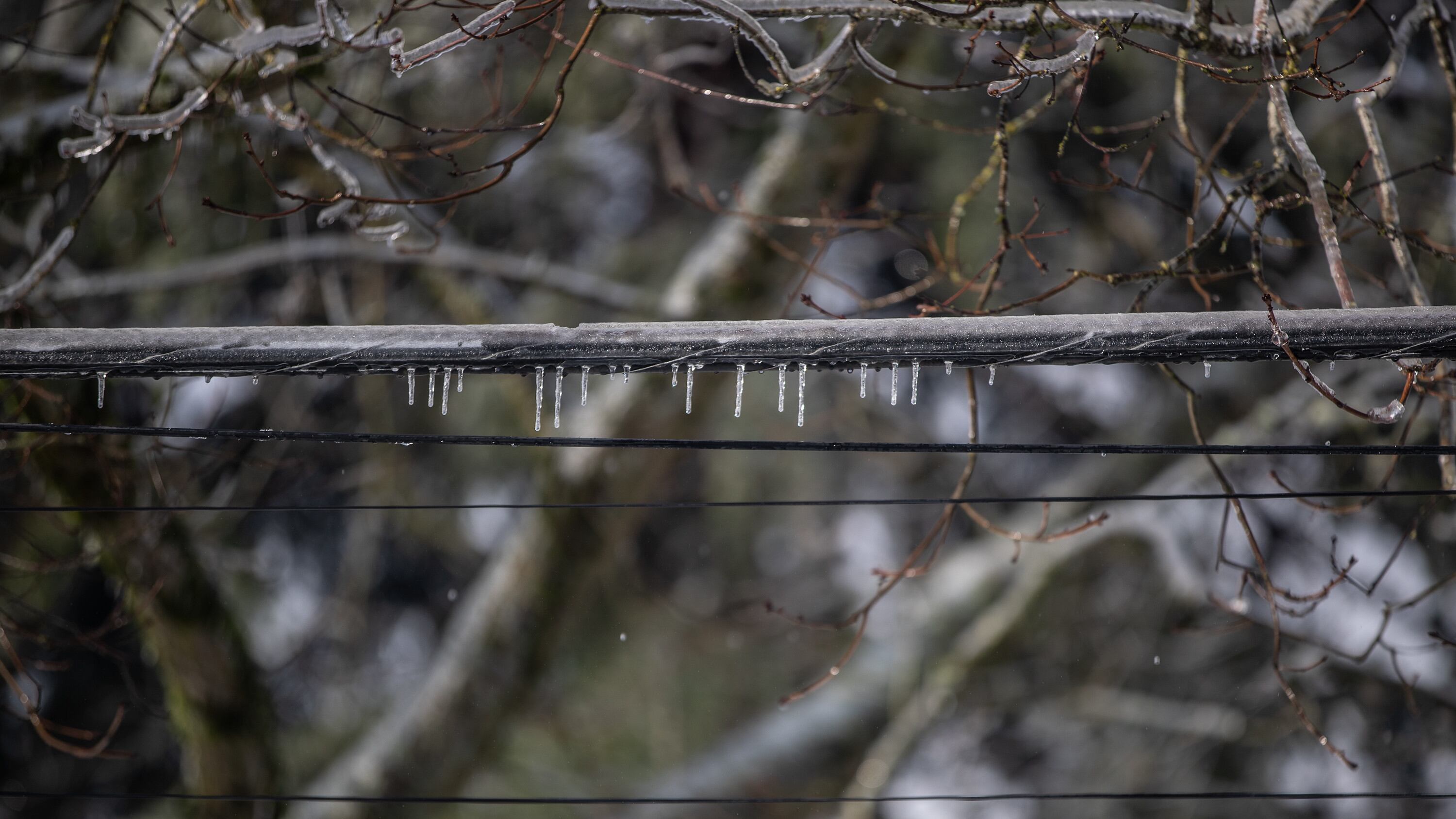We're coming off of an historic power outage across the state, caused by an ice storm. It follows outages last year caused by high winds and downed trees. Why don't we put our electric lines underground? —Hannah C.
If you think underground power lines sound like a good idea for Oregon, Hannah, imagine how folks feel about them in California. After all, it was above-ground power lines that triggered the catastrophic (if poorly named) Camp Fire that leveled 19,000 buildings and killed 85 people in 2018.
Liability for that (plus a similar fire in 2017, because apparently this happens all the time) cost PG&E $11 billion. We will generously assume that the human toll of these disasters also weighs upon the consciences of utility executives. You'd think that if anyone would be motivated to put their power lines underground, it would be fire-ravaged California.
And yet it hasn't happened. It also hasn't happened in hurricane-ravaged North Carolina or, as you point out, in ice-storm-ravaged Oregon. The reason, I'm sure you'll be shocked to learn, is money.
Here's the problem: Building a mile of overhead transmission line costs about $800,000. Building a mile of underground power line, meanwhile, costs $3 million to $4 million. And, of course, leaving a mile of existing line right where it is and going out for a beer costs approximately $6, plus you get a beer. You don't have to be Elon Musk to see how the incentives pencil out in this situation.
Sure, the $11B settlement that sent PG&E to bankruptcy court (don't worry, they'll pull through) may sound brutal, but it's chump change compared to the estimated $243 billion—that's approximately $54,000 per customer—it would cost to underground the whole grid.
I haven't seen an estimate for doing the same in or around Portland, but proposals for other jurisdictions all seem to involve everybody's electric bill doubling or tripling forever, which for roughly 363.5 days out of the year is a tough sell to ratepayers.
But look on the bright side: It's true that overhead lines are more vulnerable to wind, ice and fire, but those fancy underground lines are more vulnerable to earthquakes. Which kind is more vulnerable to Earth, Wind & Fire isn't recorded, but you probably shouldn't blast "Boogie Wonderland" during a natural disaster just in case.
Questions? Send them to dr.know@wweek.com.
